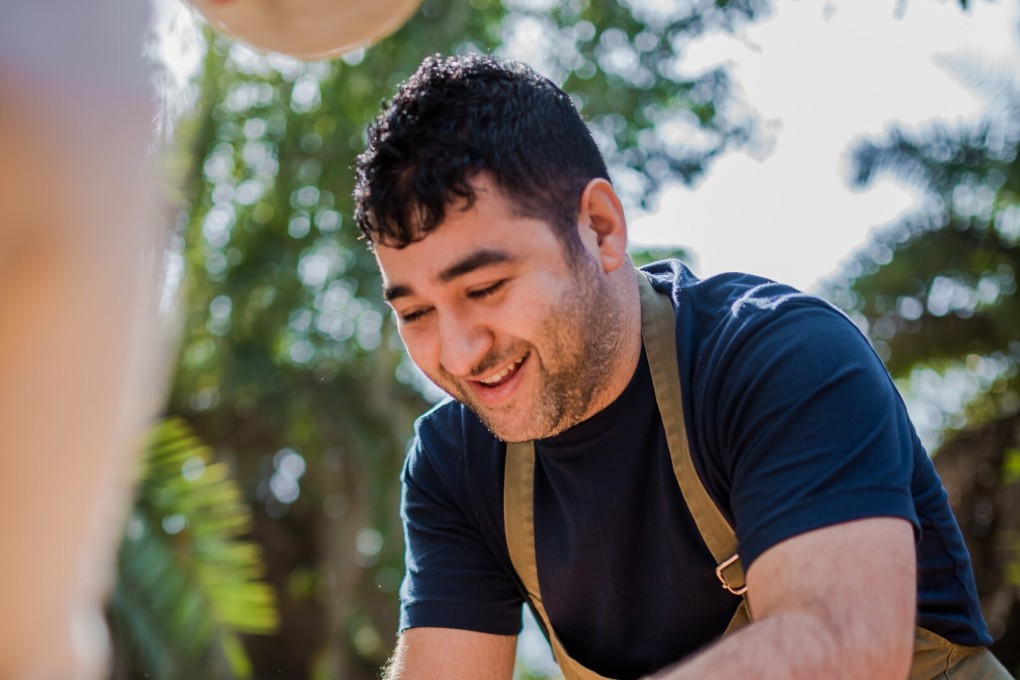Prateek Sadhu doesn’t want to improve Indian food, but he does want to surprise diners
- At Masque in Mumbai, Sadhu uses little-known ingredients, recipes and techniques from around the subcontinent
- Despite having worked at Noma and The French Laundry, he says that his mother’s cooking has had the biggest influence

Tell us about your experience at the Culinary Institute of America, in New York. “It was a game-changer for me. I had to do a lot of unlearning of what I thought I knew, and learned a whole lot more in the process [Sadhu graduated in 2011].
“It was my first time in the United States, and I was mesmerised by the professionalism in the kitchens – at Le Bernardin or Per Se, where I staged. It instilled the importance of discipline. [The institute] taught me new techniques, how to treat different ingredients, about textures, and it exposed me to variants of these that I wouldn’t necessarily have had access to at the time in India.”
What was it like working at Noma and The French Laundry? “One thing I took away from these two restaurants [located in Copenhagen and California, respectively] was the importance of ingredients. Their food revolves around ingredients – be it sourcing, how to treat produce and, importantly, how to play around with them vis-à-vis seasonality.”
How did you prepare to open Masque? “We spent 18 months travelling; our hope was to cover different regions of India, to uncover indigenous ingredients that remain – or had become – relatively unknown or unused. It was a revelation. We were introduced to berries I’d never even heard of growing in the Himalayan belt, like kaafal and hisalu; we found sea buckthorn – which I’d seen only in Scandinavia – near our northernmost border.
Indian cooking doesn’t have a strong history of written recipes, but an exceptionally strong one of oral tradition
“We met and developed a network of farmers and suppliers growing superb produce, but also got to meet producers of items you don’t necessarily associate with India, like chocolate, cocoa and cheese. It has been a process of discovery – of produce, techniques and methods.
“Indian cooking doesn’t have a strong history of written recipes, but an exceptionally strong one of oral tradition. Each trip we make introduces us to new techniques of cooking and preservation, often specific to an area, family or home, that we can’t access otherwise.”
